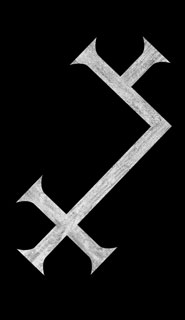|
Interview avec Noevdia - Septembre 2024 https://www.noevdia.com/aluk-todolo
Let’s consider for a minute the hypothesis that materialism—the philosophical belief that all phenomena, including consciousness, can be explained by material interactions and processes—is the sole explanation for the world as we know it.Could ALUK TODOLO exist in such a reality, considering that you have often described your work as a sort of mediumistic process?Antoine – Starting from the premise you propose, which I understand as: there wouldn’t even be a philosophical alternative to materialism, well, ALUK TODOLO’s music simply wouldn’t exist. It would have no source, no matrix, no reason to be, and in that context, the means of its manifestation couldn’t even be considered. Our task as musicians is to embody the spirit in matter. If there is no spirit(s), the medium disappears too. In the era of the dematerialization of music, the reverse is also true: if there is no matter, there is no soul either. In what would it incarnate? Our creative process would simply be sterilized. An antenna receives and transmits; if it has nothing to receive or cannot transmit what it has received, it becomes useless. The existence of ALUK TODOLO’s music is therefore proof that materialism is an error. I take this opportunity to remind you that the name ALUK TODOLO means “the ancient beliefs,” predating materialism, mechanism, and scientistic positivism, which I consider to be philosophical aberrations, and which, in my view, have fallen out of favor even among scientists. Without wanting to digress too much, I allow myself to quote Philippe Guillemant, a physicist engineer, who tells us, regarding the void, that it is in reality “an energy made up of potential events, not yet manifested in reality.” He concludes the existence of “an extremely vast field of information corresponding to the quantum void in which consciousness draws to construct our reality. » Cf : Philippe Guillemant, Jocelin Morisson et Benoit Flamec, « la physique de la conscience », Guy Tredaniel, 2021, pages 33-34.  All of us here come from the Black Metal scene; that’s our common background. I assume that every musician undergoes aesthetic shocks without which they would not do what they do or be who they are.For me, beyond Black Metal, an obvious example would be the discovery of Threnody to the Victims of Hiroshima by Penderecki, which hit me like a thousand suns exploding in my brain.When it comes to ALUK TODOLO, you once mentioned an album called Outside the Dream Syndicate by Tony Conrad & Faust, from 1972, which definitely makes sense when listening to Finsternis. Arguably, Magma was crucial as well.Can you name other such pivotal moments, marking a clear before and after in your existence? Could you also venture a guess, because this is what is revealing about these moments, as to why exactly these discoveries were game changers?Antoine – The discovery of Black Metal was indeed a powerful aesthetic shock, even metaphysical—a primordial revelation. For me, this music gave me the opportunity and the mission to become a musician, not as a pastime or hobby. Much like one becomes a poet or a magician, it was a way to use the time allotted in this incarnation without wasting it, precisely because it is more than just music. Black Metal was a spiritual music, and this spirit was physically embodied in the distortion, the scream, and the abundance of rhythms. As a self-taught musician, Black Metal showed me that technique must exclusively serve the music, that mastering an instrument should only be developed by and through the music one serves, and that the less of oneself one puts into the art, the more meaning the art will have. The other musical shocks that followed were of the same nature. Krautrock, in particular, had the exact same effect on me, as did MAGMA—but we’ll come back to that later. I would also add to this list my encounter with Drew St-Ivany, at the time when he was working on the live album of The Psychic Paramount. – I have long been of the opinion that, despite objective musical differences in form, certain musical styles aim at tapping into the same pool of energies.In a nutshell, Black Metal, Krautrock, Industrial or ambient, the classical avant-gardes, a jazz record like John Coltrane’s Om recorded in 1965… one could argue that they’re worlds apart and sometimes even ideologically opposed, and that is obviously true. Yet they do share a fundamental kinship if you look at them from the right angle.Antoine – I completely agree with you and believe I’ve already addressed this question, at least in part, earlier on. Krautrock is a very good example that practically speaks for itself in illustrating your point, as it encompasses bands that, stylistically, often—if not always—have nothing in common. Simply listening to these classic and representative albums of the “genre” will prove my point: ASH RA TEMPEL’s first album, Hosanna Mantra by POPOL VUH, Deluxe by HARMONIA, Tago Mago by CAN, or Zeit by TANGERINE DREAM. Viewing music as a spiritual quest is, for me, the only common link between all these bands. It’s what John Coltrane and ILDJARN share. There are other strange connections that I’d like to mention here, at the risk of being somewhat off-topic, such as the similarities between Surf Music and Black Metal: I recommend listening to the track Mar Gaya by THE FENDER IV, which dates back to 1964, and sounds like a DARKTHRONE composition from Transilvanian Hunger. How can this be explained other than by that common reservoir of energy you’ve mentioned? 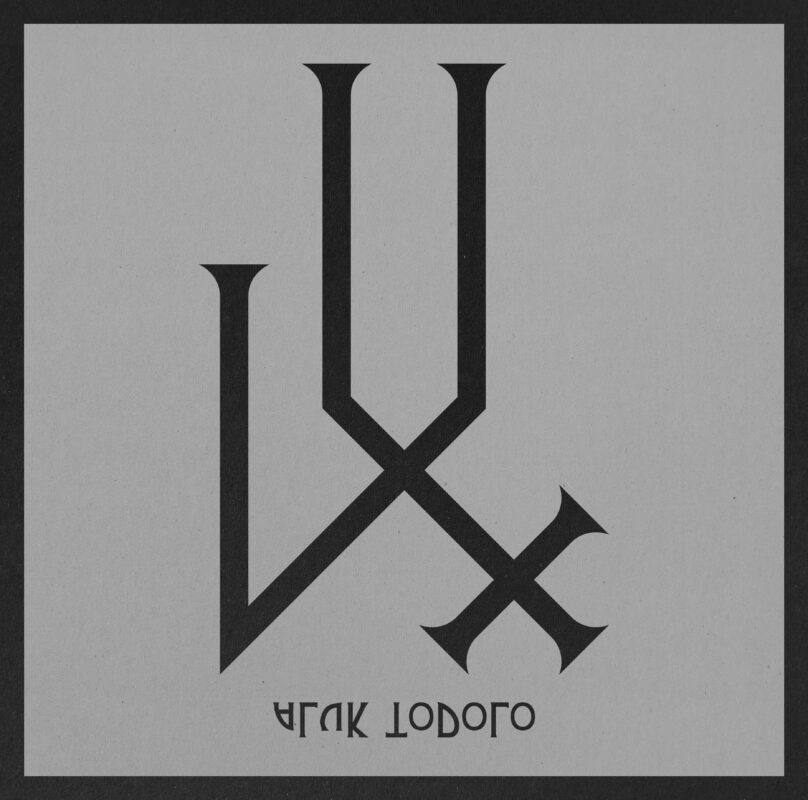 ALUK TODOLO turns twenty years old this year, and you are releasing your fifth full-length LUX, about which we’ll talk in a while.Before settling down, all three of you traveled the world—for example, to places like Indonesia, and specifically the island of Sulawesi, from where you brought home the name Aluk Todolo.It seems to me that, during your younger years, you were on a frantic quest for something, and that Aluk Todolo has since been a means to expand that quest through ways other than physical travel. Is this assumption correct?Antoine – No, I don’t quite agree with that. Regarding the inner journey, I would say that the formation of the band, as an esoteric tool, has allowed us to synergize our individual spiritual quests for the benefit of something greater, or rather, to bring them together and dissolve them in a transcendent way. But ALUK TODOLO has led us to travel physically much more often and much farther than before the band existed. Also, we are not “settled.” Personally, I can’t stand any routine or static state; it plunges me into nervous depression. I seek chaos, disorder, permanent restlessness, and action. I need madness and fury to feel alive; otherwise, I wither. I invoke both external and internal storms, so I can act and create, instead of wilting and stagnating. Our band is 20 years old, it’s young, wild, and doesn’t know what it will do later, but it has already accomplished some work that has made it strong and fearless. ALUK TODOLO is a constant challenge, a perpetual risk. “Im anfang war die tat! Sturm und drang!” – A very potent vector to channel emotions is the human voice. ALUK TODOLO, being an instrumental entity, forgoes this. Listening to the song ‘Earth’ by Christian Vander’s project OFFERING, where he performs a stunning moment of vocal madness based on things like onomatopoeia, I was wondering how, if at all, this could be adapted to your musical reality…Antoine – It so happens that I love that OFFERING track. I remember demanding it insistently during their 2013 concert at Le Triton, and they eventually played it! Christian Vander delivers a demonstration of controlled madness that has very few equivalents. He transitions seamlessly, without us understanding how or when, from a sort of African incantation to something resembling an Adolf Hitler speech, and through many other states as well. What a master! But it’s especially amusing that you mention this particular track in connection to the fact that we gave up on the human voice, because with his voice, Christian is merely invoking John Coltrane and his instrument. To prove this, just look at the way his fingers mimic the movements of a saxophone player on his microphone. There’s a transposition there. For us, the role of the singer on stage is taken by a light bulb. Our song is the Light, quite simply. 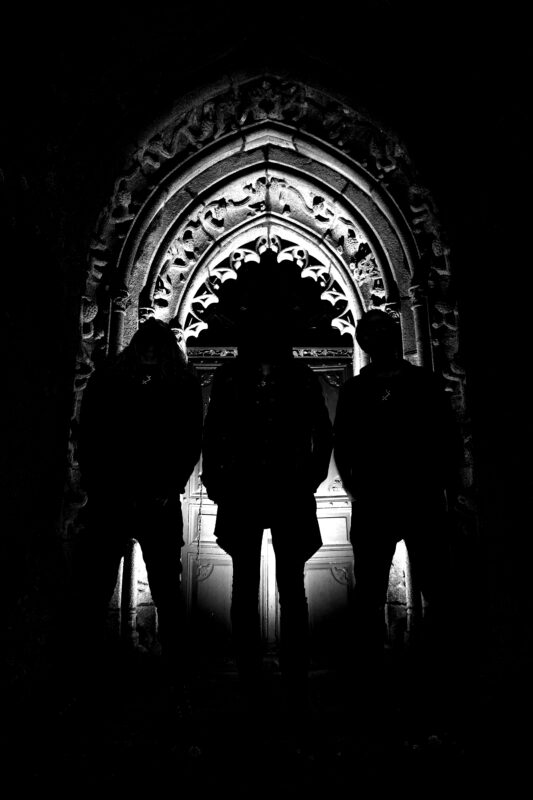 With an album called VOIX, it is blatantly obvious that something is meant to speak to us through what ALUK TODOLO manifests, albeit using different means than human language.Case in point: another way you described your music is as entheogen, music aiming at channeling something of a spiritual or even divine nature, perhaps tapping into what Kenneth Grant called the Mauve Zone.What would you advise to someone who currently only hears mere music when listening to ALUK TODOLO, and not the voices whispering beyond the music?Antoine – To that person, I would advise changing the record, as they would risk, at best, becoming bored, or at worst, giving themselves a terrible headache. The voices singing beyond the music are an integral part of it—failing to hear them means failing to listen to the music. But no one can be forced to appreciate an artistic offering. Even I, a worshiper of MAGMA, took a long time before considering the band, their music, and their universe as anything more than a club for socially awkward role-playing gamers. The key was attending one of their concerts. Seeing the performance made me hear MAGMA in an entirely different way, and I distinctly remember the moment, after returning from that concert, when I listened to the albums I owned by them. The music etched into the grooves was simply no longer the same as before. In light of that, I might ultimately suggest that person come and attend one of our performances, if they insist on continuing. – Psychedelics such as mushrooms are a tool many people use to precisely summon or face the entheogen. You have experimented with drugs over the years. Would you care to share some of the more profound experiences, especially if they have relevance within the context of ALUK TODOLO?Antoine – I don’t find drugs to be all that interesting in themselves. They are merely a tool that allows access to certain states of consciousness. They are also pernicious in many respects, though I certainly can’t help but thank Albert Hofmann for synthesizing lysergic acid diethylamide. But as far as our latest album is concerned, the revelation of LUX came about without any chemical aid, through the simple observation of the magical shimmering on the ocean’s waves and the synchronization of breathing with the movement of the water. In this way, I was able to grasp its vast and deep cycles, its mathematical and sacred nature, and a chant was revealed to me—this chant became the matrix of LUX, containing all the rhythms and notes of the album. It was a sublime and deeply intense moment, truly numinous, evoking the powerful mysterium tremendum described by Rudolf Otto in The Idea of the Holy: “the active power of the divinity, the sense of absolute presence, a divine presence, both mystery and terror.” 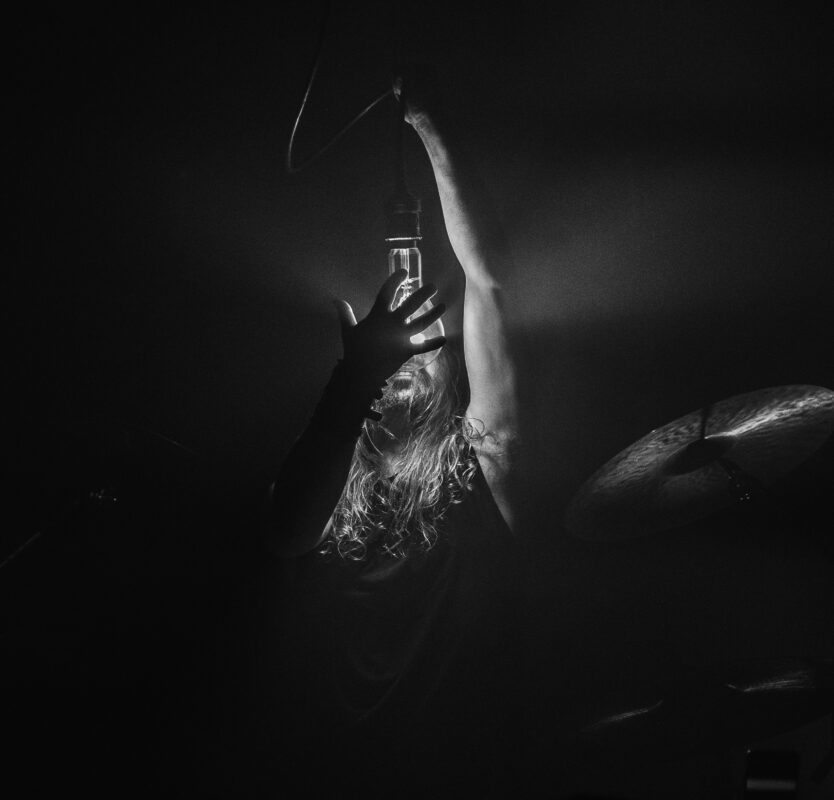 Your audience, when witnessing one of your concerts or listening to one of your records, is left, in the absence of lyrics, without many hints as to how to receive what is unfolding. Ultimately, what they feel or understand will be a mirror of their inner world.Do you have any intriguing anecdotes to share regarding how people receive your work? Perhaps especially if they experienced something you did not intend at all, yet ultimately recognized as relevant within the context of your work, making the art a two-way street, so to speak. Where something unexpected but nevertheless of value is given back to you.Antoine – I often say that we offer a sensation, leaving it to the discretion of the listener or viewer to experience the emotions, feelings, and other mental landscapes that may arise from listening to our music. The image of the mirror is pertinent, in my opinion, insofar as it is understood as containing the reflection, in the sense that the reflected objects are indistinguishable from the reflective surface and have no substance of their own. In this way, the use of the mirror as a magical instrument becomes possible. However, the symbolism of reflection is tenaciously associated in the West with the myth of Narcissus, in its modern psychological interpretation, which, to me, is a complete misunderstanding of its original Ovidian source. I recall, in particular, a New York spectator who approached me after our performance, convinced that ALIUK TODOLO’s music was telling his family story—especially his psychological traumas related to his relationship with his mother. I must admit, this left me feeling more uncomfortable than anything else. On the other hand, more recently, a young woman shared an experience with me that closely resembled the impressions I had felt during the revelation of LUX. She recounted, in vivid detail, a series of remarkably precise visions that corresponded so closely to the original source of the music that it gave me goosebumps. – Brittany’s one and only Kerwax Studio is where LUX was recorded. An entirely analog studio, with machines sometimes decades older than us. In more ways than one, it feels like the perfect studio for Aluk Todolo.When recording at such a place, where only minor technical adjustments are possible compared to the infinite possibilities coming with the era of DAWs, it’s mostly about capturing the perfect performance of a specific song. No cutting and pasting together something. What happens in front of the microphones has to be real.Antoine – Obviously, analog technology became the only means to achieve our ends. The pursuit of real-time interaction can only be crudely mimicked by digital technology, and in a rather awkward and artificial way. We need chemistry and magnetism. It took us seven years to finalize the composition of Lux, and only a few hours to record it. I don’t think we performed more than two versions of each track. We sought spontaneity and deliberately chose energy over perfection, even if it meant leaving some mistakes uncorrected. Christophe Chavanon possesses and masters the equipment and working methods that suited us perfectly. There were moments of grace during the Kerwax sessions, such as when we recorded the overdub on the first piece. While this three-note refrain had become both necessary and indispensable, the choice of instrument to play it naturally fell upon the vibraphone used by MAGMA in the ’70s. This studio is also a museum, filled with artifacts from another era, and stocked with treasures by Klaus Blasquiz, the original singer of MAGMA and an indefatigable collector of vintage hi-fi equipment. I should also mention that Brittany is a magnificent region, exceedingly rich in magic, very inspiring, as if outside of time and the modern world. 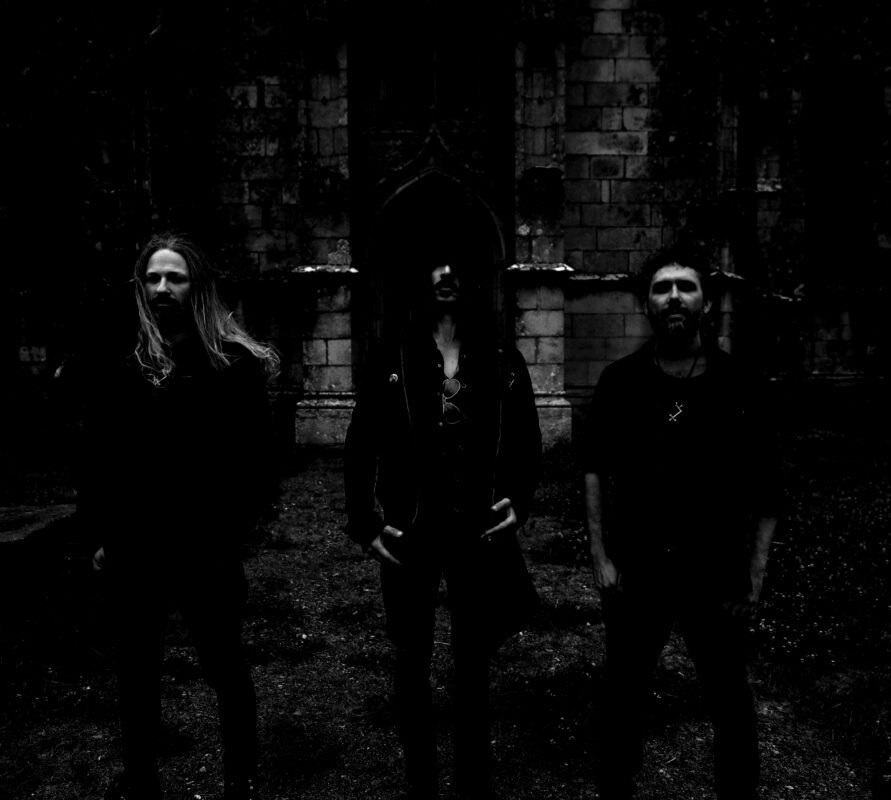 Although lacking lyrics, Aluk Todolo’s albums nevertheless have a strong conceptual backbone.When it comes to LUX, you shared a preparatory document with me, pictures of a notebook, and I remember reading the following four items scribbled on one of the pages. Can you shed light on why each of them was important when structuring LUX?Henri Vincenot, Les étoiles de CompostelleSavitri Devi, The Lightning and the SunAleister Crowley, The Vision and the VoiceThe concept of number in space and time, a notion of astronomy taken from the ancient concept of quadrivium.Antoine – Yes, when we sent you and Tyler (from THE AJNA OFFENSIVE) the demos of Lux, we decided to include a few handwritten notes from a small journal documenting the “conception” process of LUX. The short bibliography you noted is indeed important, though incomplete. It must first be said that we have an obsessive relationship with composition, and during the creative process, various external elements naturally align in synchronicity with our work. Les étoiles de Compostelle by Henri Vincenot, a Burgundian author, deals among other things with architecture and sacred geometry. It contains a wealth of information that was incredibly useful in solving the equation of LUX. One could say it resonated with our work on two levels: not only did the book describe the object of LUX and its form, but also its method of composition, since it was written using the same “mediumistic” process (which is none other than the system described and used by Aleister Crowley in The Vision and the Voice). In it, we discovered these words in Celtic: “Lavar Ah Sklerijen,” meaning “The Word and the Light”—essentially, “Voice and Lux.” This book curiously became linked to The Lightning and the Sun by Savitri Devi, particularly the section devoted to Akhenaton, through a Burgundian poem, an anonymous 18th-century plowman’s song that is inexplicably cited in a third work: Hymns to the Religion of Aten. Here it is: V’laî l’soulei qui s’leuve biau, But perhaps the most important text was The Hymns of Abhinavagupta, a Kashmiri poet and master of Shaivism from the 10th century, translated and commented on by Lilian Silburn, particularly The Quest for Ultimate Reality. A phonetic Sanskrit transcription of this text appears in the LUX album sleeve. Here is the first verse translated into English: – What underlies Aluk Todolo’s work is almost a reactionary stance. Not in the petty political sense, but in the sense of a rejection of modernity, while upholding some principles that could fall under the loose term ‘tradition.’ This being said, there must be some sort of dialogue between LUX and the world in the year 2024, isn’t there?Antoine – I believe that precisely because Aluk Todolo’s music would retain the same… nature, regardless of the civilizational context, it is in conflict with the modern world, whose workings and morals are antithetical to the path of the ancestors. Our quest for timelessness is fiercely opposed by the immediacy of the present age, and not the other way around. “Faith is not a conviction we must defend, but a conviction against which we cannot defend ourselves.” — Nicolás Gómez Dávila, The Authentic Reactionary, Éditions du Rocher, 338. 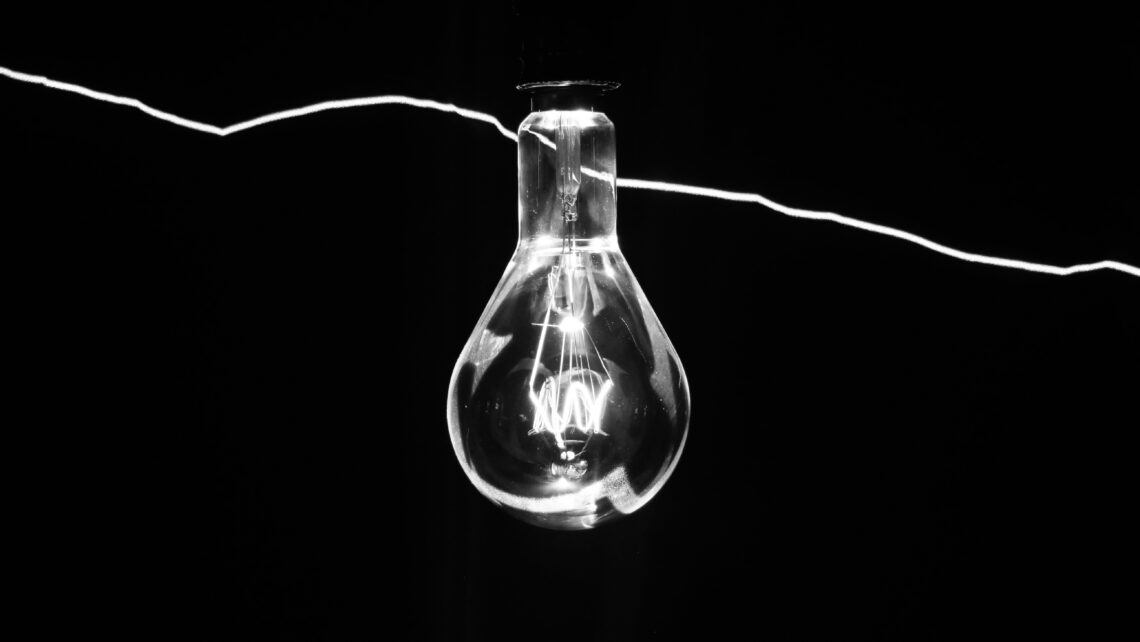 You once stated that your music doesn’t offer war, but love. That it is a repeated quest to try and touch the radiant light within. Could you expand on what you mean by this statement? I’m especially interested in the journey from the intense hatred that is part of Black Metal as we knew it, to this ambition as you describe it.For context, I’d like to quote Léon Bloy: Il y a une si petite différence entre la lumière du Christ et celle de Lucifer.“Antoine – For context, and as a response, I would like to quote Jacques Trescases, who in “La symbolique de la mort ou herméneutique de la résurrection” tells us: “Knowledge and Love are one and the same, and the awakening or reawakening of the Superconscious is the only means by which we can access it. The practice of the mysteries, while having the same objective, requires the adepts to personally rediscover and traverse the entire initiatory path, which has the effect, if not the primary goal, of chasing from its depths the SUBCONSCIOUS—symbolically ‘THE DARKNESS’—in order to awaken and bring forth the SUPERCONSCIOUS, symbolically ‘THE LIGHT.'” 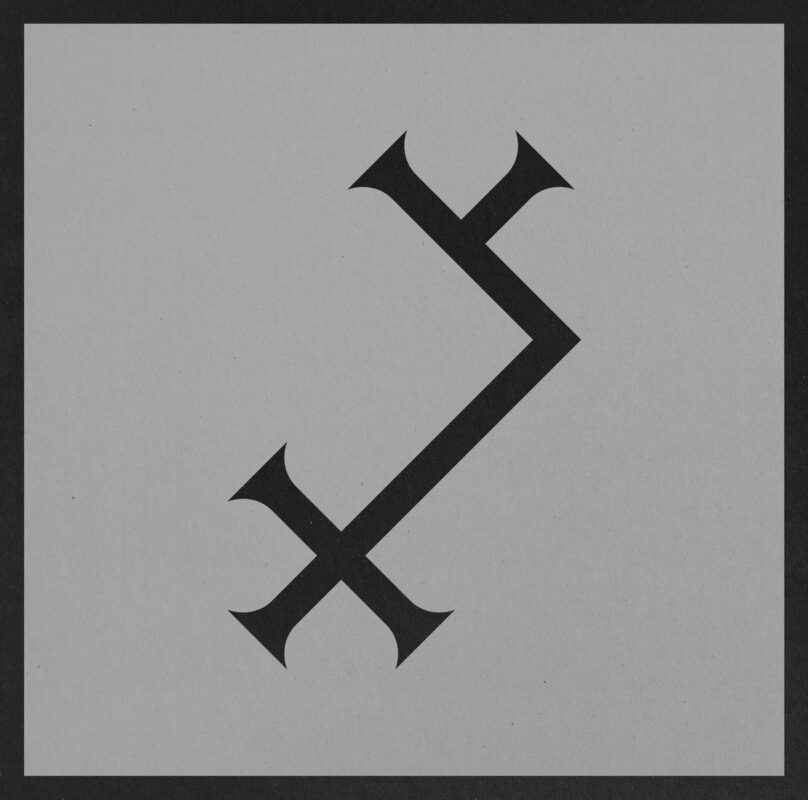
|
